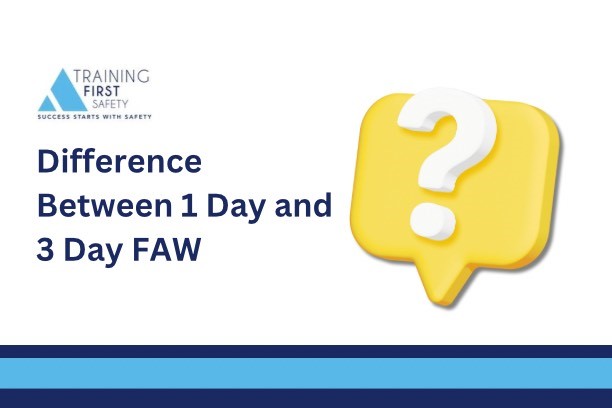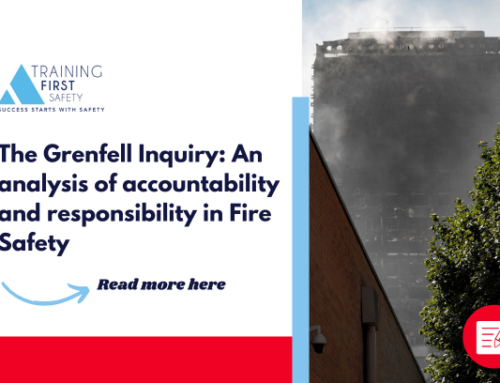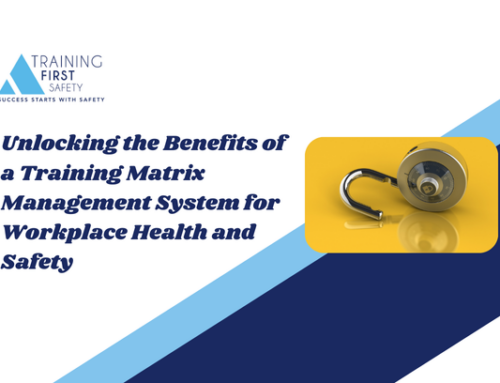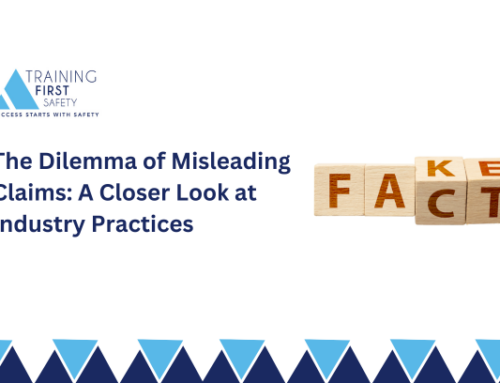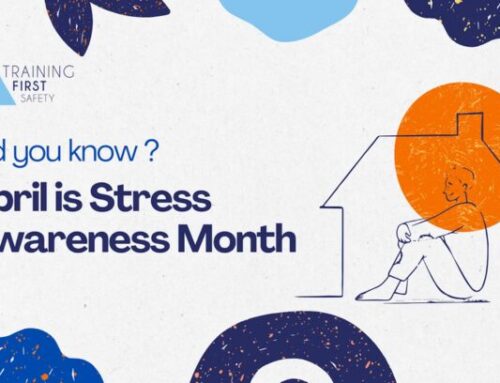Introduction
First aid knowledge and skills are crucial in any work environment. They not only save lives but also reduce injuries and mitigate the damage caused by accidents. In the UK, the Health and Safety (First Aid) Regulations 1981 mandate employers to provide adequate and appropriate equipment, facilities, and trained personnel to ensure the immediate attention of employees who become injured or ill at work.
Legislation and Best Practices
Under these regulations, employers must conduct a First Aid Needs Assessment to determine the appropriate level of first aid cover required. This assessment considers factors such as the nature of the work, workplace hazards, number of employees, and accident history.
Key Questions for First Aid Needs Assessment:
- What is the level of risk in our work environment?
- How many employees do we have?
- What are the shift patterns of our employees?
- Are any of our employees working alone?
- How far is the nearest hospital?
- What is our company’s history of workplace accidents?
Types of First Aid Training
There are generally two main options for first aid training in the workplace: Emergency First Aid at Work (EFAW) and the more comprehensive First Aid at Work (FAW) course.
Emergency First Aid at Work (1 Day)
This one-day course is designed for lower-risk work activities. It provides basic first aid skills, including managing an unconscious casualty, CPR, and dealing with minor injuries. EFAW is suitable for workplaces with fewer hazards and can also serve as additional support for your FAW-qualified First Aiders.
First Aid at Work (3 Days)
The three-day FAW course is intended for higher-risk work environments such as engineering, construction, manufacturing, and chemicals. This comprehensive training covers a wider range of first aid scenarios, including severe bleeding, fractures, and head injuries.
Selecting the Right First Aider
Choosing the right person to be a First Aider is critical. They must be competent, able to cope under pressure, and capable of communicating effectively. Additionally, they should be reliable, trustworthy, and calm in emergencies.
Changes in First Aid Regulations
A change to the Health and Safety (First Aid) Regulations in 2013 means that the Health and Safety Executive (HSE) no longer approves first aid training and qualifications. However, the HSE still provides extensive guidance to ensure compliance and best practices in workplace safety.
Benefits of First Aid Training
Statistics show that effective first aid training can significantly reduce workplace injuries. According to the HSE, over 600,000 workplace injuries were reported in 2022, resulting in 7.3 million working days lost. Proper first aid training can lead to faster response times, reducing the severity of injuries and potentially saving lives.
Practical Applications
In high-risk environments like construction sites, our courses can be particularly beneficial by offering tailored training modules that address specific hazards. For instance, in the event of a severe injury involving heavy machinery, quick and appropriate first aid response, guided by our training, can stabilize the injured person until professional medical help arrives.
Conclusion
First aid training is a vital investment for any workplace. By understanding the legislative requirements and choosing the right training and personnel, businesses can create a safer working environment. Leveraging tools like training ensures that First Aiders are well-prepared to handle emergencies, ultimately protecting employees and reducing workplace injuries.
For more information on first aid training and compliance, visit the HSE website.

